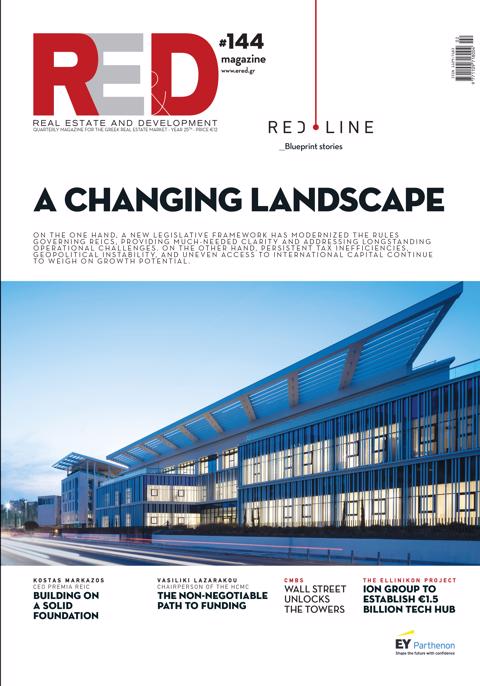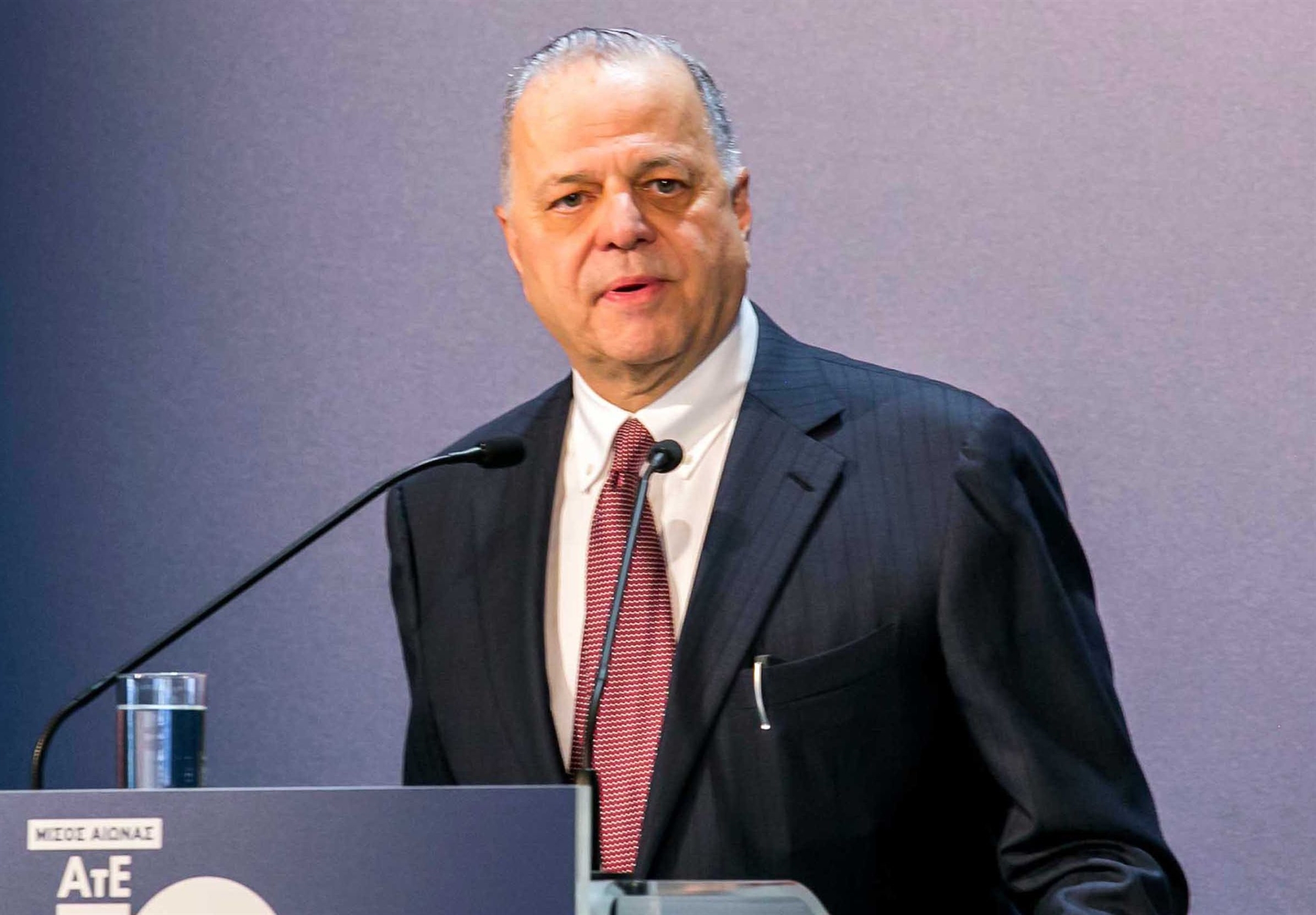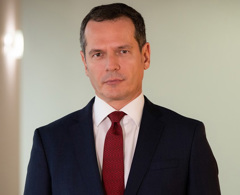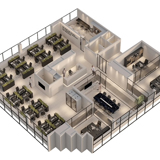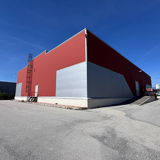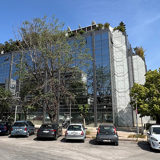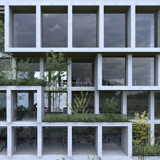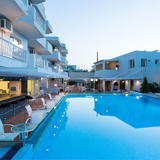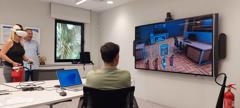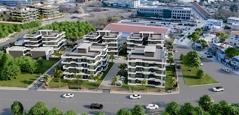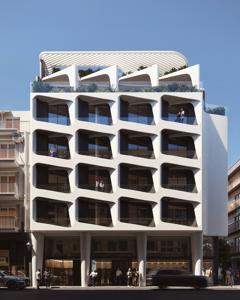According to the architectural study, the project will include two stations—an upper and a lower one—and a single pylon, which will be placed behind the wall of the Upper Town, near the arrival station.
The lower station is planned to be located approximately 150 meters from the entrance gate of the fortified settlement. According to the study’s authors, it will not be visible from the gate. The excavation footprint will be limited in size, ensuring that the station integrates harmoniously into the surrounding landscape. Similarly, the arrival station (upper) will also blend smoothly with its environment. It will be situated approximately 120 meters from the departure station and will not be visible from the mainland.
As the architects emphasized, the entire project will be visible only from the sea. From land, the only visible elements will be the pylon and the cabins in motion.
The aerial lift system will consist of two cabins, each with a capacity of 15 people (10 seated and 5 standing), or alternatively two wheelchair users with their companions, or one ambulance stretcher. The system is designed to serve people with disabilities and limited mobility, as well as for emergency use or the transport of materials. The 120-meter route will be covered in less than one minute. The project is scheduled for completion by the end of 2025.
It was also announced during the meeting that two related sub-projects are underway: the restoration of part of the ancient wall structure adjacent to the upper station—already completed—and the development of a network of walking paths in the Upper Town by the Ephorate of Antiquities of Laconia. This path system will connect with the cable car’s arrival point, ensuring seamless accessibility for persons with disabilities or limited mobility.
During the meeting of the Central Archaeological Council (KAS), several parties submitted written interventions. The Friends of Monemvasia Association requested a postponement, citing a lack of prior access to the architectural study. The Association of Greek Archaeologists criticized the project as being rushed despite "public and academic opposition," "protests from Europa Nostra," and the fact that the case is still pending before the Council of State. The Hellenic Society for the Environment and Cultural Heritage also raised concerns, warning of "the risk of undermining the environmental and cultural value of the entire site" due to the construction of the cable car.
The project is financed through the Recovery and Resilience Facility (RRF), under a Programmatic Agreement signed by the Ministry of Culture, the Municipality of Monemvasia, and the Development Agency “Parnonas.”

